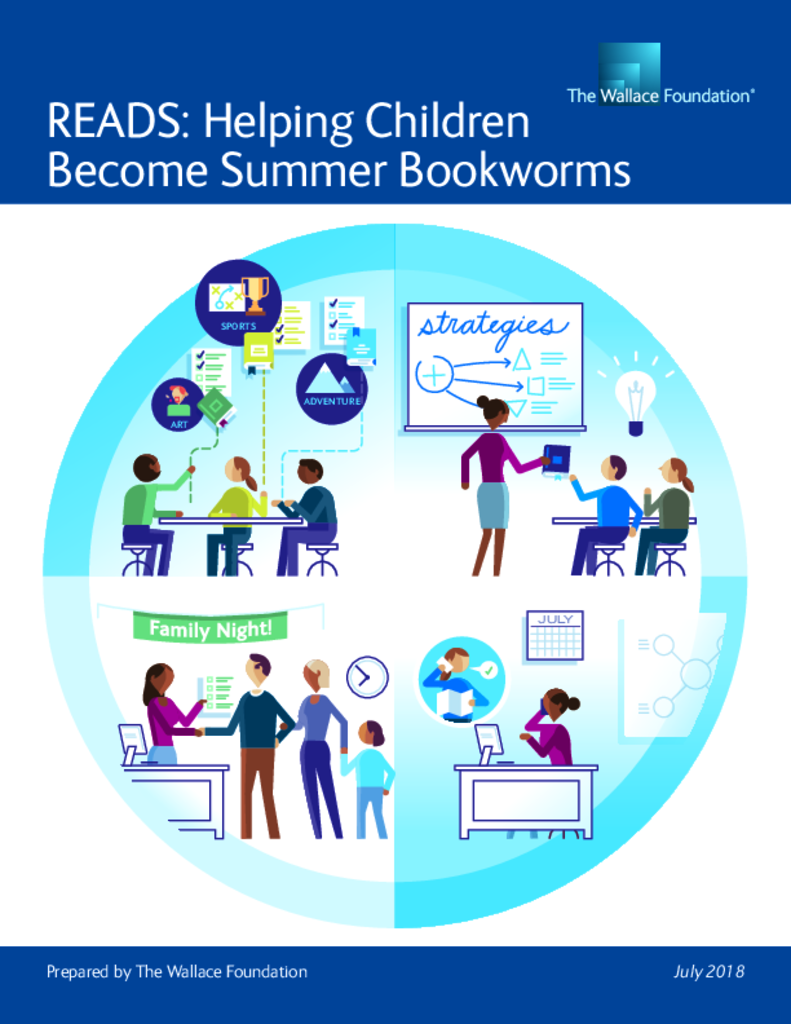Back to Overview
Helping Children Become Summer Bookworms
Table of Contents
Research Approach
Over a decade of research, Harvard University education professor James Kim developed and fine tuned the components of the READS for Summer Learning program.
A timeline of his research includes:
2004 First READS pilot: Which grades to target?
- One school
- 331 children in grades 1 to 5
- Research design: Students were randomly assigned to one of two conditions: a READS group that received 10 books over the summer or a control group that received 10 books after a reading test in the fall.
2005 Replicating READS: Which students benefit most?
- 10 schools
- 552 fourth graders
- Research design: Students were randomly assigned to one of two conditions: a READS group or a control group that did not participate. All students were taught reading comprehension strategies before the end of the school year
2005 The effect of teacher involvement: Do classroom lessons make a difference?
- Two schools
- 514 children in grades 3, 4 and 5
- Research design: Students were randomly assigned to one of four conditions: a control group that received no books in the summer; a group that did; a group that received books in the summer and practiced reading aloud with a classmate at school at the end of the school year; or a group that received books in the summer as well as both oral reading practice and lessons in comprehension strategies at school.
2007 Book selection: What happens when children choose their own books?
- Four schools
- 370 fourth graders
- Research design: Students in the READS program selected their own books at a book fair rather than being matched with books using a computer algorithm.
2011 The role of poverty: Does READS work in all schools?
- 10 high-poverty schools and nine moderate-poverty schools
- 1,421 third graders
- Research design: Within each school, students were randomly assigned to one of three conditions: a control group, a group that participated in READS, or a group that participated in READS and received teacher phone calls during the summer.
2013 What are the long-term effects of READS on students in high- and moderate-poverty schools?
- 39 high-poverty schools and 20 moderate-poverty schools
- 6,383 second and third graders
- Research design: Within each school, students were randomly assigned to one of two conditions: a group that participated in READs or a group that participated in end-of-year math lessons. Kim tracked the students into the following school year and examined their scores on an end-of-year reading test.
2014 Adapting READS: Do children benefit more when schools adjust the program?
- 27 high-poverty schools that had participated in READS the previous summer
- 1,272 fourth graders
- Research design: Schools were randomly assigned to one of two conditions: a group that followed the READS program with no deviation or a group whose teachers structured adaptations based on data about student participation and performance in READS the year before.
Topics:

